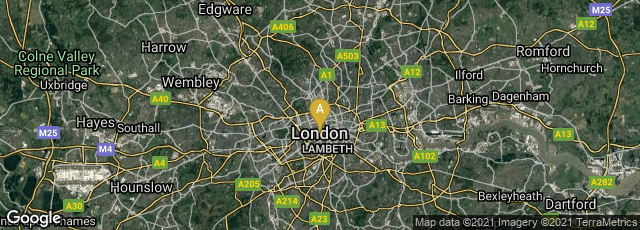In 1870 English Superintendent of Specifications
Bennett Woodcroft issued
Patents for Inventions. Abridgments of Specifications relating to Books, Portfolios, Card-Cases, &c. A. D. 1768 to 1866. This is the best record of the earliest technical advances in bookbinding machinery when inventors applied for and were granted patents. Some of the patents involve techniques in leather paring which would be considered more a hand bookbinding skill. Others involve the inventions of machines which may or may not have received wide adoption. It should also be pointed out, as a generalization, that according to this index the number patents issued in these fields was about 5-10% of the number of patents issued for printing processes during the same period.
From the Introduction p. xvi I quote:
"Modern ingenuity has in bookbinding, as well as other arts, applied itself to superseding hand-labour by machinery; consequently the present series contains abridgements relating to contrivances for folding paper, rounding or backing, stitching, ploughing edges, cutting pasteboard, folding and pressing, case-making and mottling edges. In the report of the jury respecting the Exhibition of 1851, we read, -- 'Bookbinding may be said to have become a manufacturing business. Books handsomely bound, gilt, lettered, embossed, and otherwide ornamented, so longer depend upon individual skill, but are produced with extraordinary rapidity by the aid of machinery. Mr. Burn of Hatton Garden, first introduced rolling machines to supersede hammering; the iron printing presses of Hopkinson and others were altered for form arming presses, by which block-gilding, blind tooling, and embossing can be effected with accuracy and rapidity. Leather covers, embossed in elaborate and beautiful patterns by means of powerful fly-presses, were introduced by M.Thouvenin, in Paris, about 25 years ago, and almost simultaneously in this country by Messrs. Remmant & Co., and Mr. De La Rue." "Embossed calico was also introduced by the same period by Mr. De La Rue. Hydraulic presses instead of the old wooden screw presses; Wilson's Cutting machines, which superseded the old plough; the cutting tables with shears invented by Mr. Warren De La Rue, and now applied to squaring and cutting millboards for book covers; all these means and contrivances indispensable to large establishments prove that tmachinery is one of the elements necessary to enable a binder on a large scale to carry on that business sucessfully."
"The folllowing notices of rapidity of work are worth recording: the first is taken from the supplement o the Penny Cyclopaedia article, Bookbinding, in 1845. " Five or six years ago, Dr. Ure said, 'that should Messrs. Wesley (*one of the largest establishments in this line [clothbinding] receive five thousand volumes on any given occasion, they can have them all ready for publication within the incredibly short period of two days; and this has been more than borne out by what has been since done."
"The second is taken from the English Encyclopaedia: 'At 10 o'clock in the evening of the 30th of April, the first complete printed copy of the official catalogue left the printer's hands' in the following forenoon 10,000 such copies (in paper wrappers for stitched but unbound books) were ready at the Exhibition in Hyde Park, including two superbly bound for Her Majesty and Prince Albert.' "
